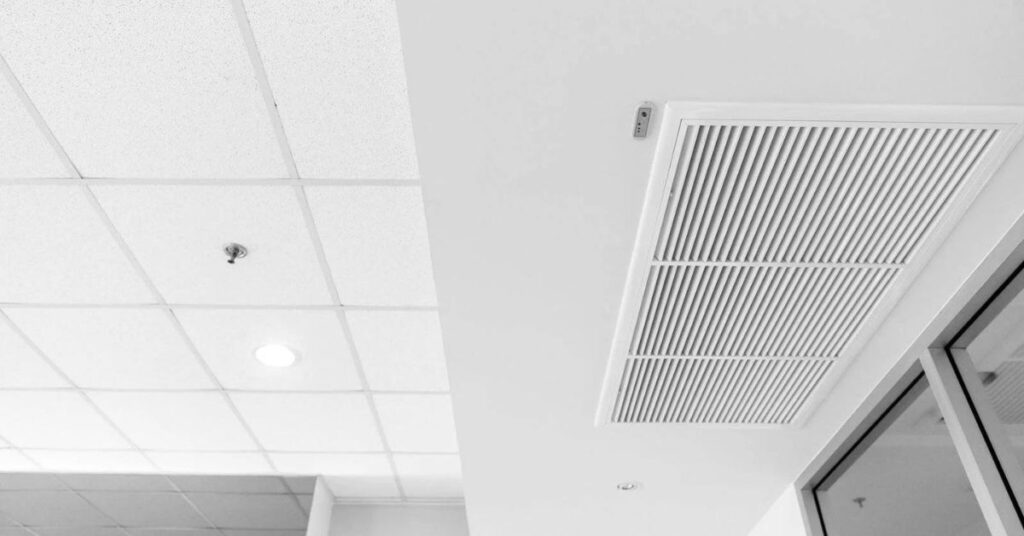In the world of plumbing, various components and fittings are used to ensure that pipes and fixtures connect properly and function efficiently. One such essential component is the reducing washer. While it might not be as well-known as pipes or faucets, a reducing washer plays a crucial role in many plumbing systems. This blog will explore what a reducing washer is, its purpose, how it is used, and why it is an important part of plumbing installations.
What is a Reducing Washer?
A reducing washer, also known as a reducer washer, is a type of plumbing fitting used to connect pipes or fixtures of different sizes. It is a flat, circular disc with a hole in the center that reduces in diameter to accommodate the smaller pipe or fitting. The outer diameter of the reducing washer fits the larger pipe or fitting, creating a secure and leak-proof connection.
Reducing washers are typically made from durable materials such as rubber, neoprene, stainless steel, or plastic, depending on the application and the type of pipes being connected.
Purpose of a Reducing Washer
The primary purpose of a reducing washer is to facilitate the transition between two pipes or fittings of different sizes. This is necessary in various plumbing scenarios, such as:
- Connecting Different Pipe Sizes: When plumbing systems require the joining of pipes with different diameters, a reducing washer provides a seamless and secure connection.
- Adapting Fixtures and Fittings: Reducing washers can be used to adapt plumbing fixtures and fittings, ensuring compatibility and preventing leaks.
- Maintaining System Integrity: By providing a snug fit and reducing the risk of leaks, reducing washers help maintain the integrity of the plumbing system.
Common Uses of Reducing Washers
Reducing washers are used in a variety of plumbing applications. Some common uses include:
- Sink and Faucet Installations: In sink and faucet installations, reducing washers are often used to connect the different-sized pipes and fittings, ensuring a leak-proof and secure connection.
- Water Heater Connections: When connecting water heaters to the plumbing system, reducing washers can help accommodate different pipe sizes, providing a smooth transition and preventing leaks.
- Toilet Installations: Reducing washers are also used in toilet installations, especially when connecting the toilet tank to the bowl or the water supply line to the toilet.
- Appliance Hookups: When connecting appliances like dishwashers or washing machines to the plumbing system, reducing washers can help ensure that the various pipe sizes match up correctly.
Types of Reducing Washers
Reducing washers come in different materials and sizes, tailored to various plumbing needs:
- Rubber Reducing Washers: These are commonly used for their flexibility and ability to create a tight seal. They are ideal for use with metal and plastic pipes and are resistant to water and chemicals.
- Neoprene Reducing Washers: Neoprene is a synthetic rubber that offers excellent resistance to oils, chemicals, and temperature variations. Neoprene reducing washers are durable and provide a reliable seal in various plumbing applications.
- Stainless Steel Reducing Washers: Stainless steel reducing washers are known for their strength and resistance to corrosion. They are ideal for high-pressure applications and use with metal pipes.
- Plastic Reducing Washers: These washers are lightweight and resistant to corrosion, making them suitable for use with plastic pipes and fittings.
How to Install a Reducing Washer
Installing a reducing washer is a straightforward process that involves the following steps:
- Turn Off the Water Supply: Before beginning any plumbing work, ensure the water supply is turned off to prevent leaks and water damage.
- Disassemble the Connection: If you are working with an existing connection, disassemble it to access the pipes or fittings that need to be connected with the reducing washer.
- Select the Correct Reducing Washer: Choose a reducing washer that matches the sizes of the pipes or fittings you are connecting. The outer diameter of the washer should fit the larger pipe, while the inner diameter should accommodate the smaller pipe.
- Position the Reducing Washer: Place the reducing washer between the two pipes or fittings, ensuring it is centered and aligned correctly.
- Reassemble the Connection: Reassemble the connection, tightening the fittings securely to create a leak-proof seal. Be sure not to overtighten, as this can damage the washer and the pipes.
- Test for Leaks: Once the connection is reassembled, turn the water supply back on and check for any leaks. If you notice any leaks, tighten the fittings further or adjust the reducing washer as needed.
Advantages of Using Reducing Washers
Using reducing washers in plumbing offers several benefits:
- Versatility: Reducing washers provide a versatile solution for connecting pipes and fittings of different sizes, making them useful in a wide range of plumbing applications.
- Leak Prevention: By creating a tight seal between pipes and fittings, reducing washers help prevent leaks and ensure the integrity of the plumbing system.
- Cost-Effective: Reducing washers are a cost-effective way to adapt different-sized pipes and fittings without the need for complex or expensive plumbing components.
- Ease of Installation: Reducing washers are easy to install, requiring minimal tools and expertise, making them a practical choice for both professional plumbers and DIY enthusiasts.
Read More: Will PEX Plumbing Freeze?
Conclusion
A reducing washer is an essential component in plumbing systems, providing a simple and effective solution for connecting pipes and fittings of different sizes. Whether you are installing a new sink, water heater, or toilet, or connecting appliances to your plumbing system, a reducing washer can ensure a secure and leak-proof connection. Understanding the purpose and use of reducing washers can help you maintain a reliable and efficient plumbing system, avoiding leaks and ensuring smooth water flow throughout your home or building.


